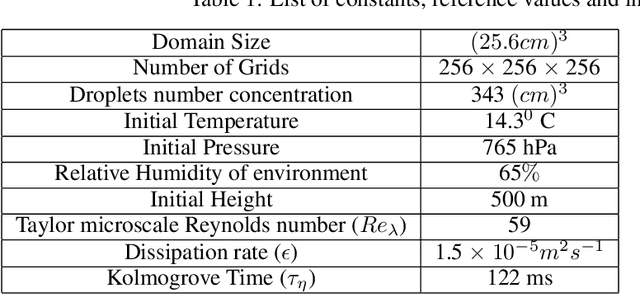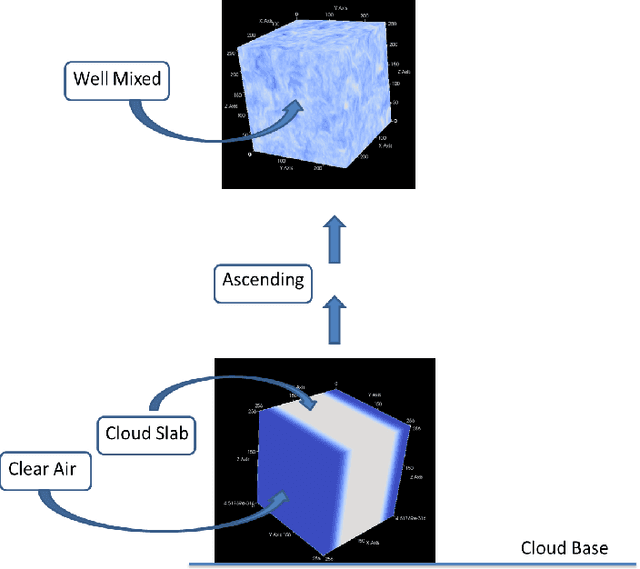Souvik Paul
Poster: Sponge ML Model Attacks of Mobile Apps
Mar 01, 2023Abstract:Machine Learning (ML)-powered apps are used in pervasive devices such as phones, tablets, smartwatches and IoT devices. Recent advances in collaborative, distributed ML such as Federated Learning (FL) attempt to solve privacy concerns of users and data owners, and thus used by tech industry leaders such as Google, Facebook and Apple. However, FL systems and models are still vulnerable to adversarial membership and attribute inferences and model poisoning attacks, especially in FL-as-a-Service ecosystems recently proposed, which can enable attackers to access multiple ML-powered apps. In this work, we focus on the recently proposed Sponge attack: It is designed to soak up energy consumed while executing inference (not training) of ML model, without hampering the classifier's performance. Recent work has shown sponge attacks on ASCI-enabled GPUs can potentially escalate the power consumption and inference time. For the first time, in this work, we investigate this attack in the mobile setting and measure the effect it can have on ML models running inside apps on mobile devices.
DeepClouds.ai: Deep learning enabled computationally cheap direct numerical simulations
Aug 18, 2022



Abstract:Simulation of turbulent flows, especially at the edges of clouds in the atmosphere, is an inherently challenging task. Hitherto, the best possible computational method to perform such experiments is the Direct Numerical Simulation (DNS). DNS involves solving non-linear partial differential equations for fluid flows, also known as Navier-Stokes equations, on discretized grid boxes in a three-dimensional space. It is a valuable paradigm that has guided the numerical weather prediction models to compute rainfall formation. However, DNS cannot be performed for large domains of practical utility to the weather forecast community. Here, we introduce DeepClouds.ai, a 3D-UNET that simulates the outputs of a rising cloud DNS experiment. The problem of increasing the domain size in DNS is addressed by mapping an inner 3D cube to the complete 3D cube from the output of the DNS discretized grid simulation. Our approach effectively captures turbulent flow dynamics without having to solve the complex dynamical core. The baseline shows that the deep learning-based simulation is comparable to the partial-differential equation-based model as measured by various score metrics. This framework can be used to further the science of turbulence and cloud flows by enabling simulations over large physical domains in the atmosphere. It would lead to cascading societal benefits by improved weather predictions via advanced parameterization schemes.
 Add to Chrome
Add to Chrome Add to Firefox
Add to Firefox Add to Edge
Add to Edge